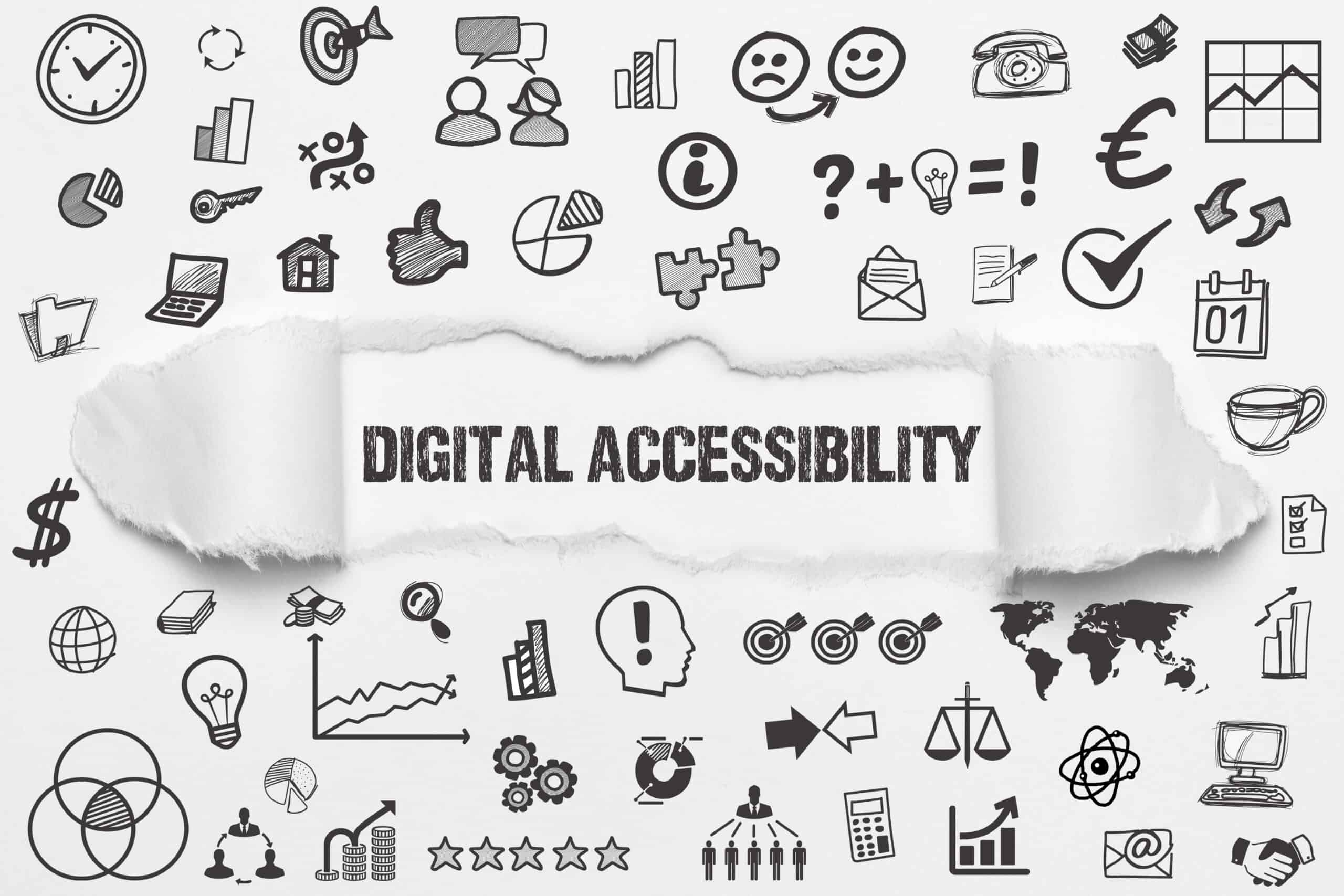Global Accessibility Awareness Day 2022.
19th May 2022 • 2 mins
19th May 2022 • 2 mins

When you think of making your website accessible, who do you think of as those users? People with physical or mental disabilities are usually the first people that spring to mind here, especially as accessibility laws and guidelines on equal access for people with disabilities to prevent discrimination are front of our mind.
Yes, these users, who we would describe as having a ‘permanent’ disability, do make up many the people benefitting from your efforts to be accessible, and are who the accessibility laws we work to are aiming to protect. But there are a whole range of circumstances where users can have the same ‘disability’, either temporarily, or due to a situation they find themselves in.
So, this Global Accessibility Awareness Day we wanted to raise awareness of all accessibility considerations. For example, making sure you add captions or a transcript for the person that can’t hear the audio on your product or showreel video. Yes, they might have a permanent hearing disability, but they could just as easily be in a busy café or tube train and, having forgotten their headphones, simply can’t hear it over the background noise.
Or the person you’re designing for as they may only have the use of one hand on a mouse, keyboard, or mobile device after having a stroke, could just as much be someone who has a broken arm in a cast for a few weeks, or someone pacing at 2am holding a crying baby scrolling on their phone.
There are many more situations we could add here to demonstrate ways users will be on your site and not be 100% able to use it as intended.

The number of accessibility lawsuits filed has risen sharply in the past year, whether this coincides with a large percentage of people having to rely solely on online services during the peak of the pandemic, only to find these services were unusable, is hard to say – but entirely plausible. Accessibility.com reports a 14.3% increase on cases from 2020, and shows the number of cases is only increasing year on year.
Seyfarth Shaw, also reporting the case numbers, show that in the 8 years they have been tracking the lawsuits there has been a 320% increase.
Now it is more important than ever to think about the accessibility of your websites and ensure they meet the guidelines set out by WCAG to a sufficient level – we work to AA standard at Torpedo, as well as laws specific to the country you operate in, as many countries have their own laws with different requirements.
Last month WebAIM released their ‘WebAim Million’ report, on testing the accessibility of the top 1 million home pages on the internet. And whilst a very high percentage of sites had at least one error, they found “21.6% of pages had 5 or fewer detected errors and 31.3% had 10 or fewer “.
Most of the failures found all fell under the same list common faults, with 96.5% of errors in one of 6 categories:
• Low Contrast text
• Missing alt text on images
• Empty links
• Missing form input labels
• Empty buttons
• Missing document language
So, making sure your brand colours are compliant with the web guidelines, and checking you’ve added alt text to any images being uploaded in your CMS, could in fact cover off most failures on your website.
Hopefully you can see the benefits of creating accessible sites for all users. If you want to discuss further or have an interest in this area please do get in touch.
